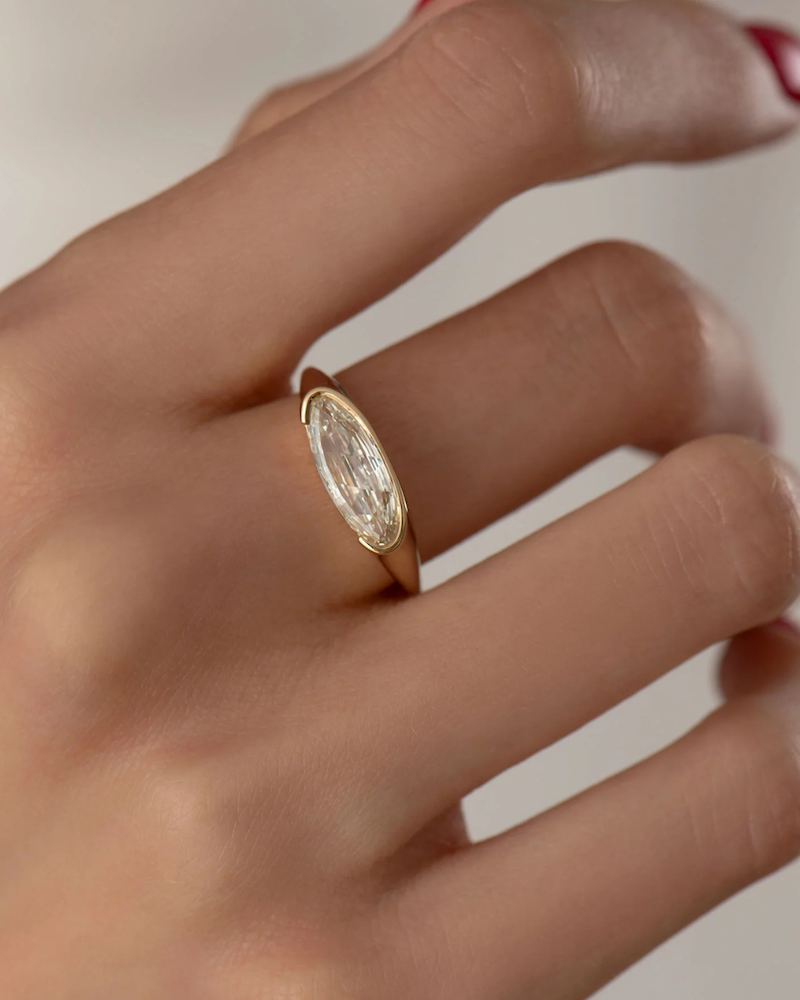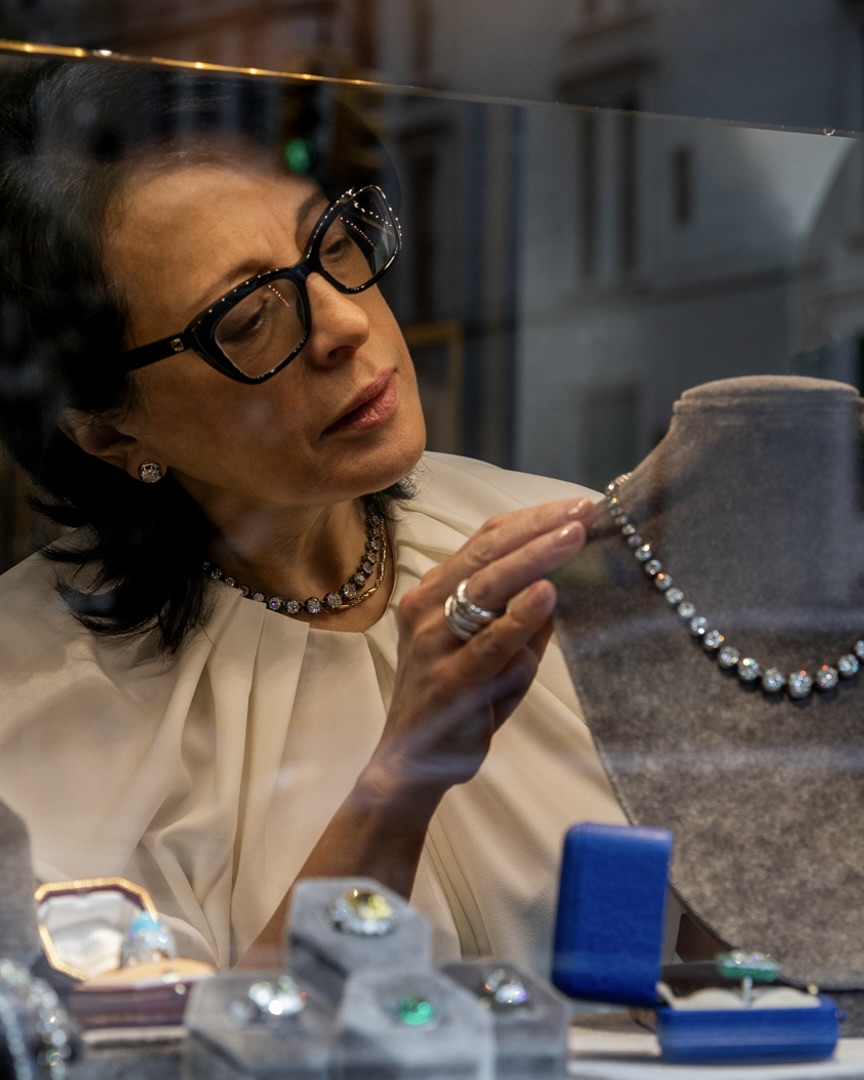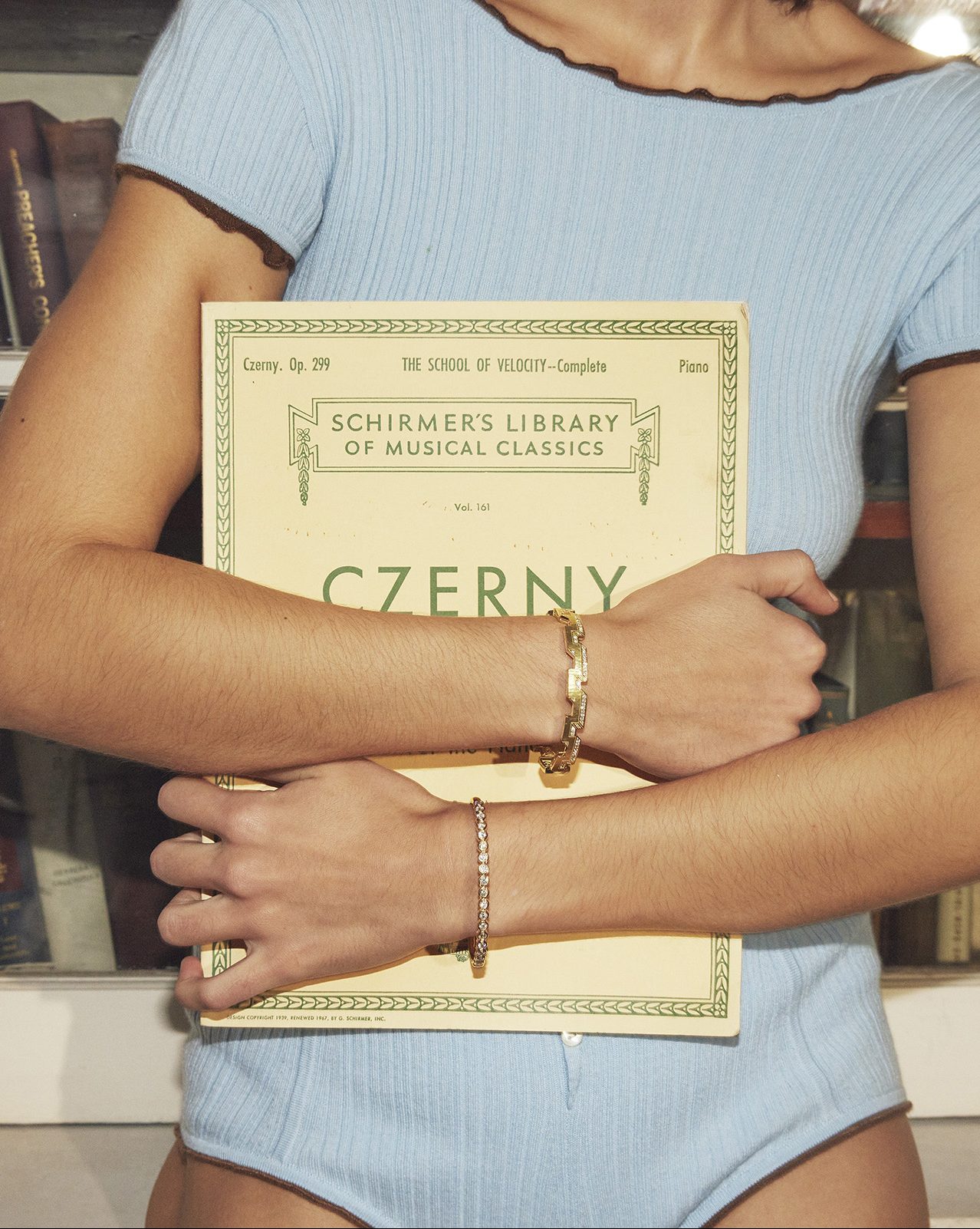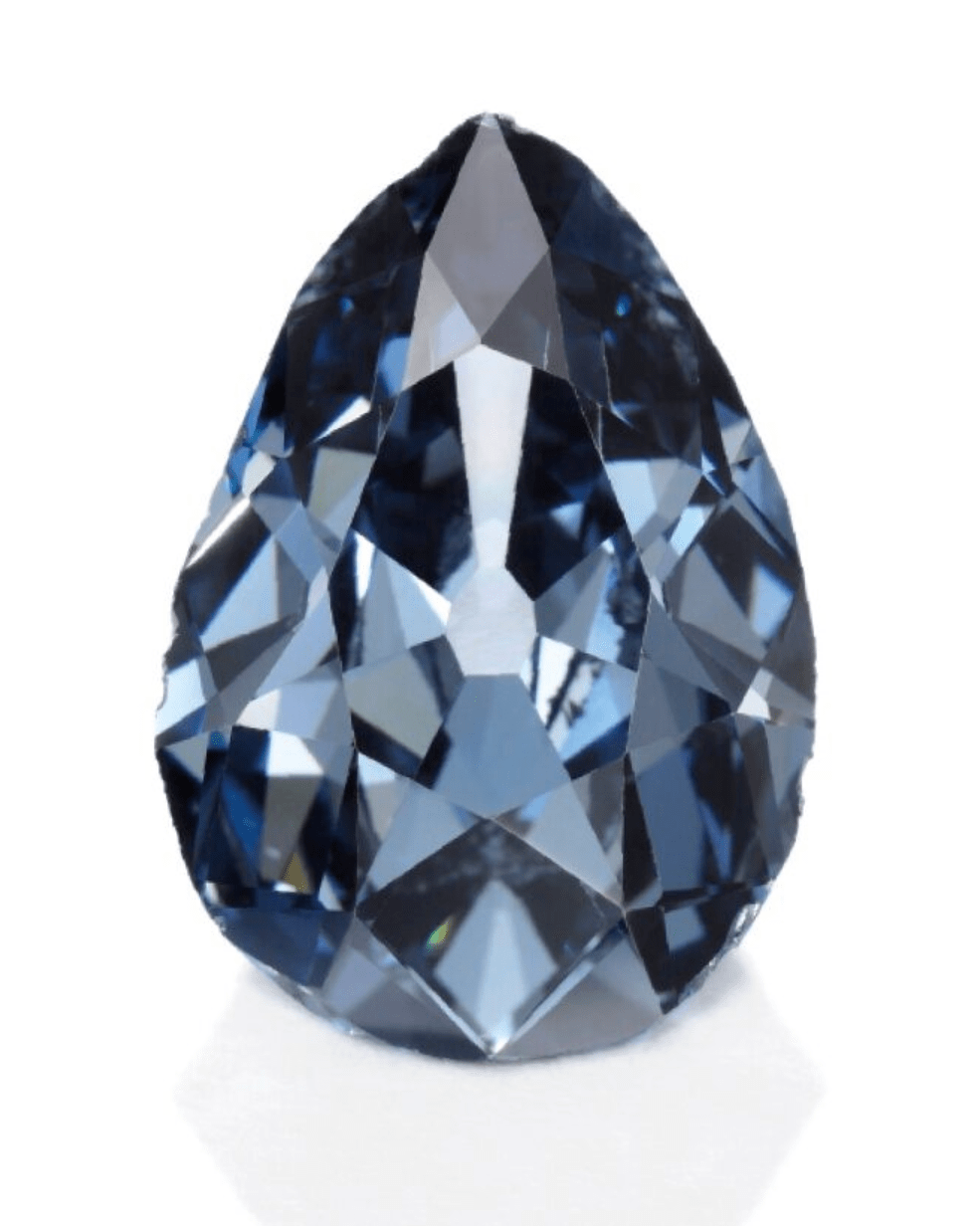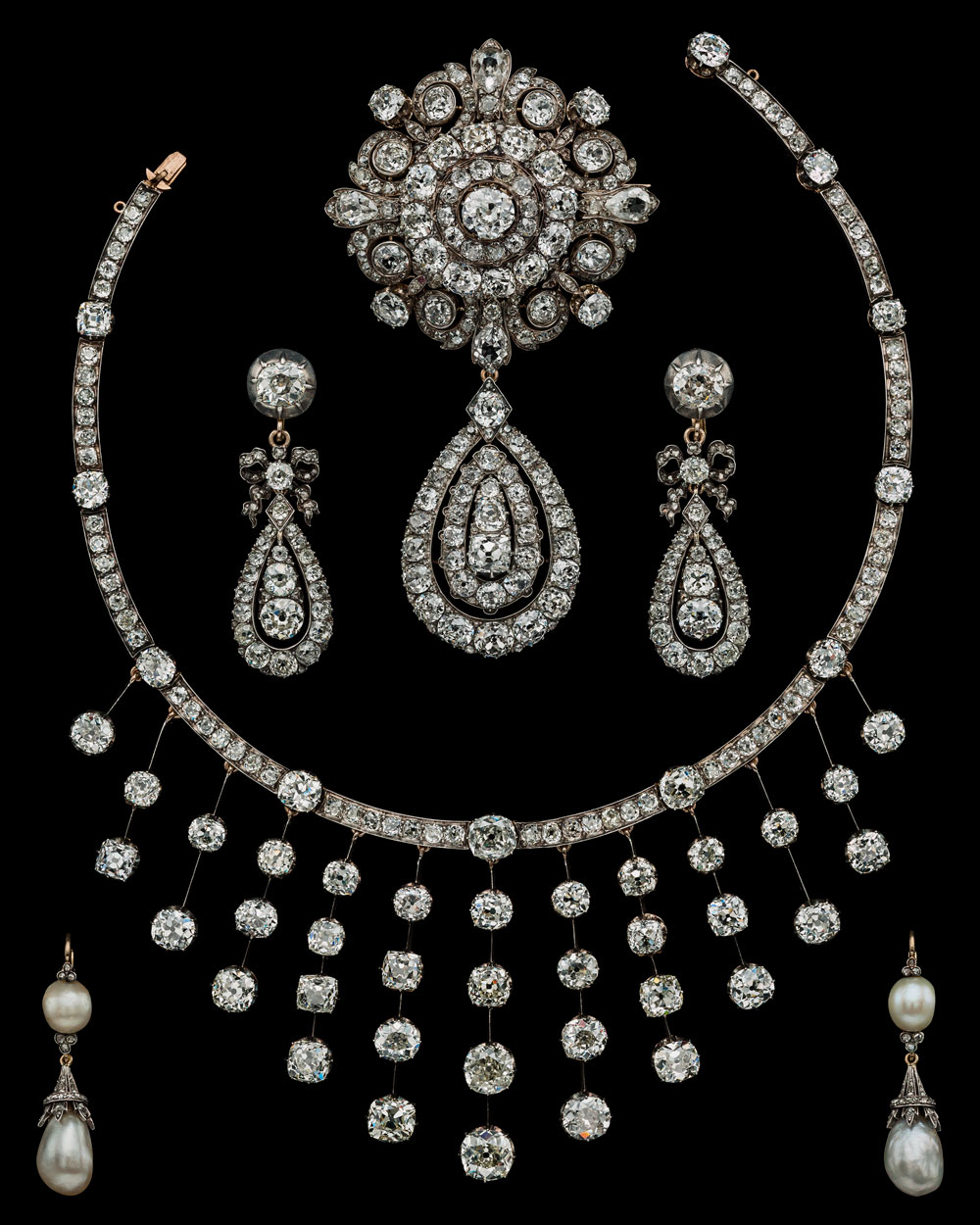Science of Diamonds
Why a Gray Diamond’s Neutral Hue Shines Brightest of Them All
Not all diamonds shine bright white. Enter the gray diamond: moody, modern, and undeniably chic.
Published July 16, 2025
Written by: Lisa Levinson
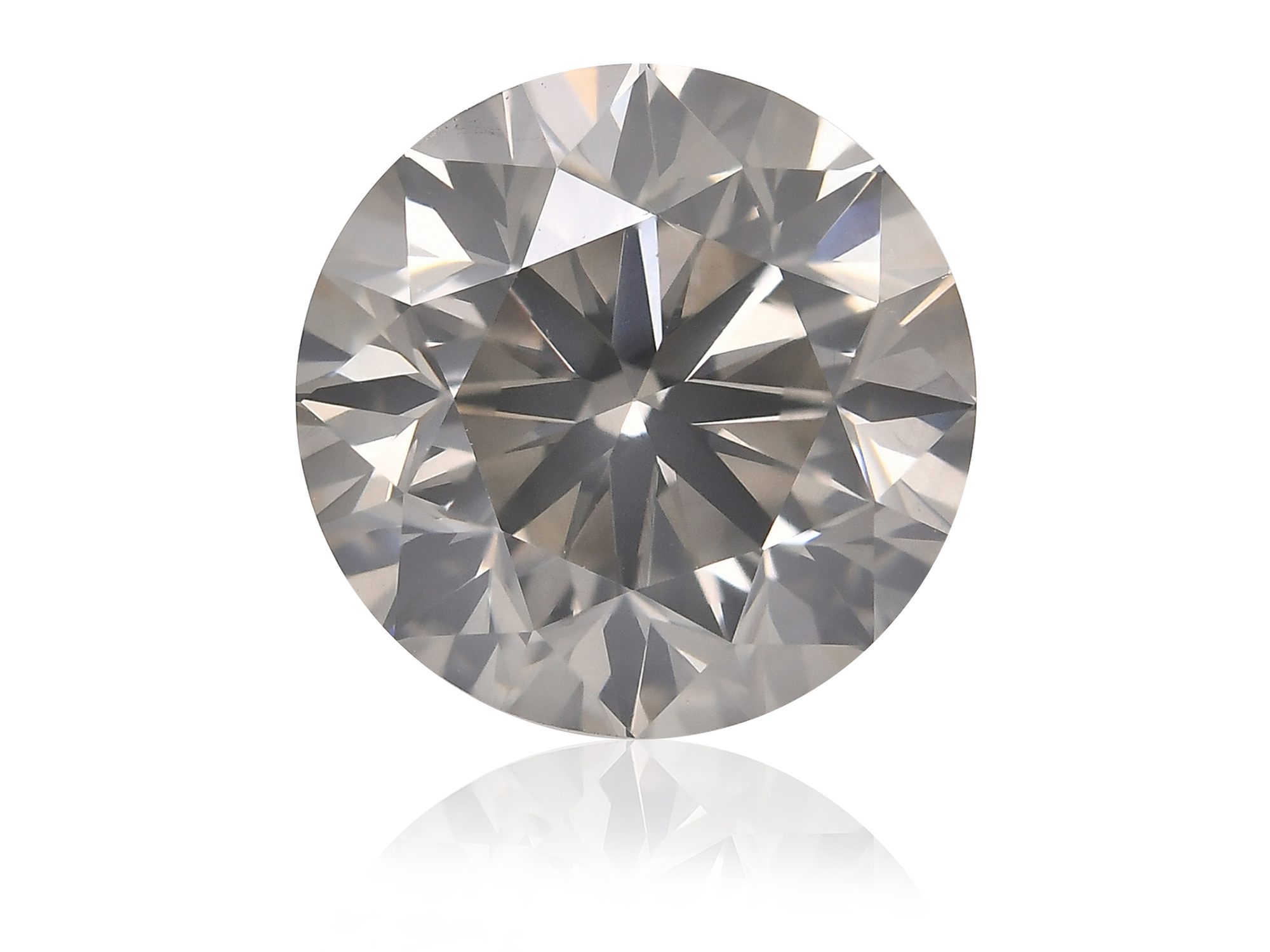
Most diamonds as we know them are colorless, appearing transparent to the eye. These diamonds are especially valued for their absence of color, with the most prized examples—like the D-flawless types—sitting at the top of the GIA grading scale. But a gray diamond offers a striking, neutral alternative that’s gaining attention. Throughout history, some of the world’s most legendary diamonds, including the Koh-i-Noor and the Elizabeth Taylor Diamond, have been celebrated for their exceptional whiteness and clarity.
Meet the Expert

- Lisa Levinson is the Head of the UK at the Natural Diamond Council, where she leads with a mission to inspire emotional connections to natural diamonds, while championing the values and social benefits that define the diamond industry.
- She holds an MSc in Marketing from the Stockholm School of Economics, a Master of Commerce in Financial Management from the University of Cape Town, and is a certified Diamonds Graduate from the Gemological Institute of America (GIA)
But not all colored diamonds are vibrant or bright. While many come in a rainbow of hues—from fiery red to deep violet—there’s another category that’s far more understated. These are achromatic diamonds, meaning they lack hue entirely. Instead of color, they display tones across the grayscale, from pure black to icy white. Among them, the gray diamond stands out as a refined choice for lovers of neutral tones, offering a modern, moody alternative to traditional white diamonds.
At first, the idea of a sparkling gray diamond may seem unexpected—after all, gray is often associated with calm, subtlety, and quiet luxury. But that’s exactly what makes it so compelling. The contrast between a diamond’s brilliance and the soft neutrality of gray creates a unique, understated elegance. Much like the minimalist designs of The Row or Celine, gray diamonds embody refined sophistication and pared-back chic.
Below, discover the formation and history of these quietly luxurious diamonds—plus where to buy them.
Are Gray Diamonds Rare?


Gray diamonds are exceptionally rare—making up only about two percent of all colored diamonds, according to diamond expert Leibish. Even within that small percentage, truly remarkable gray diamonds—those that display an even, consistent tone throughout the entire body of the gem—are especially hard to find. Their unique, smoky elegance is the result of specific natural conditions that influence their formation deep within the Earth.
So, how do these neutral-toned beauties come to be? There isn’t just one answer. In fact, there are several different ways a diamond can develop this distinctive gray complexion. Let’s break them down, one by one.
How Are Gray Diamonds Formed?

Gray by Inclusions
Deep within the Earth’s mantle, diamonds formed over one to three billion years ago when the chemical element carbon crystallized under immense heat and pressure. While diamonds are made almost entirely of carbon, trace elements or other materials are sometimes trapped within the crystal structure during formation. If these inclusions have a gray tone, they can give the entire diamond a soft, silvery-gray appearance.
Under a microscope, these tiny inclusions are visible—similar to how individual pixels appear when you zoom into a digital image. But to the naked eye, the effect blends seamlessly, and the diamond appears evenly gray.
However, when inclusions are large or highly visible—resembling spots or flecks like those on a Dalmatian—the diamond is no longer classified as gray. Instead, it’s considered a salt and pepper diamond, a distinct category with a more speckled, organic look.
Gray by Hydrogen
Another way a diamond can take on a gray hue is through the presence of hydrogen during its formation. In some cases, hydrogen atoms replace some of the carbon atoms in the diamond’s crystal lattice. This subtle structural change can affect the way light passes through the diamond, occasionally altering its color.
Depending on the concentration and interaction of hydrogen, the diamond may appear blue, violet, green, brown—or gray. While the presence of hydrogen in diamonds is well-documented, scientists are still working to fully understand how and why it alters color.
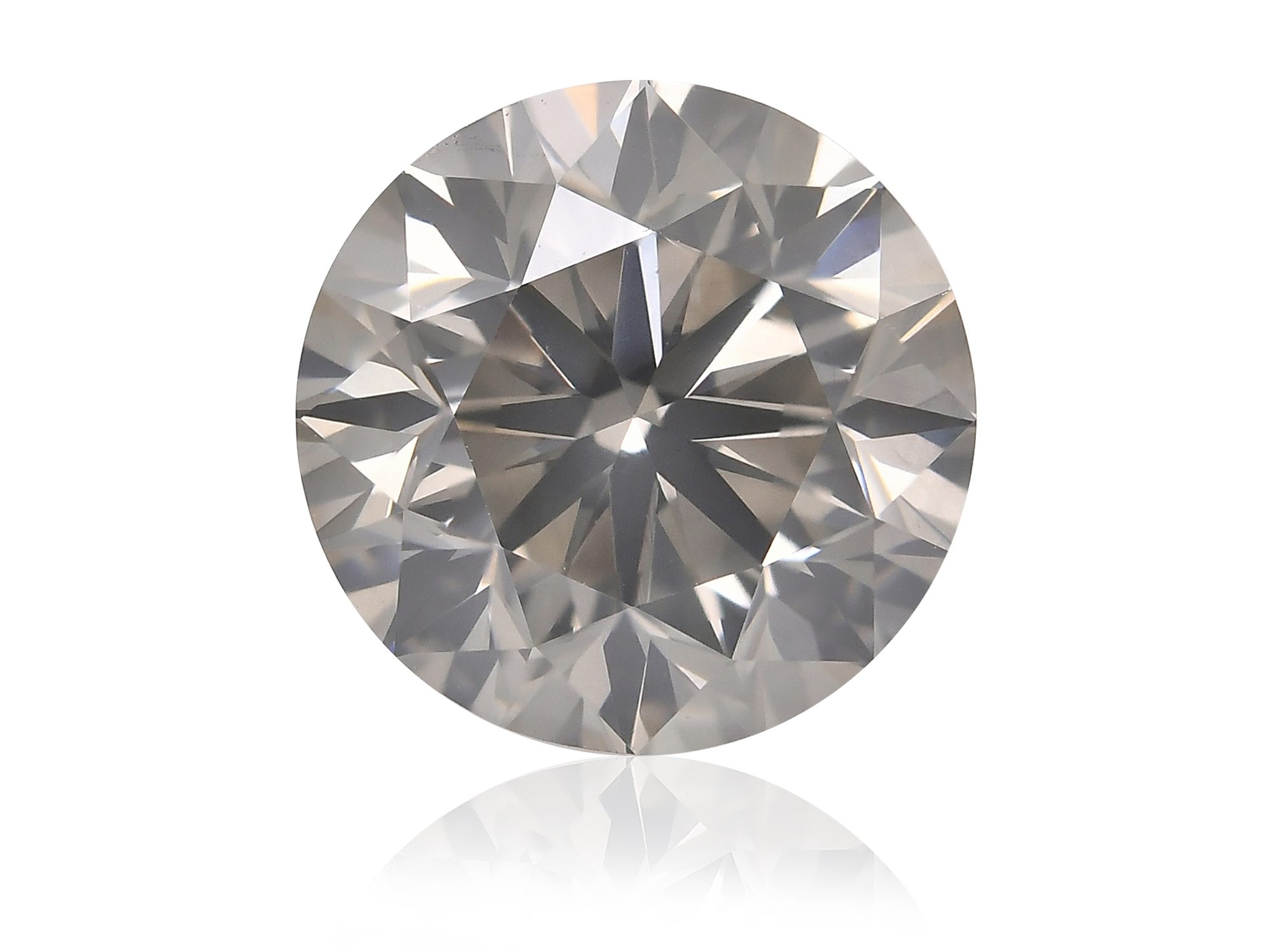
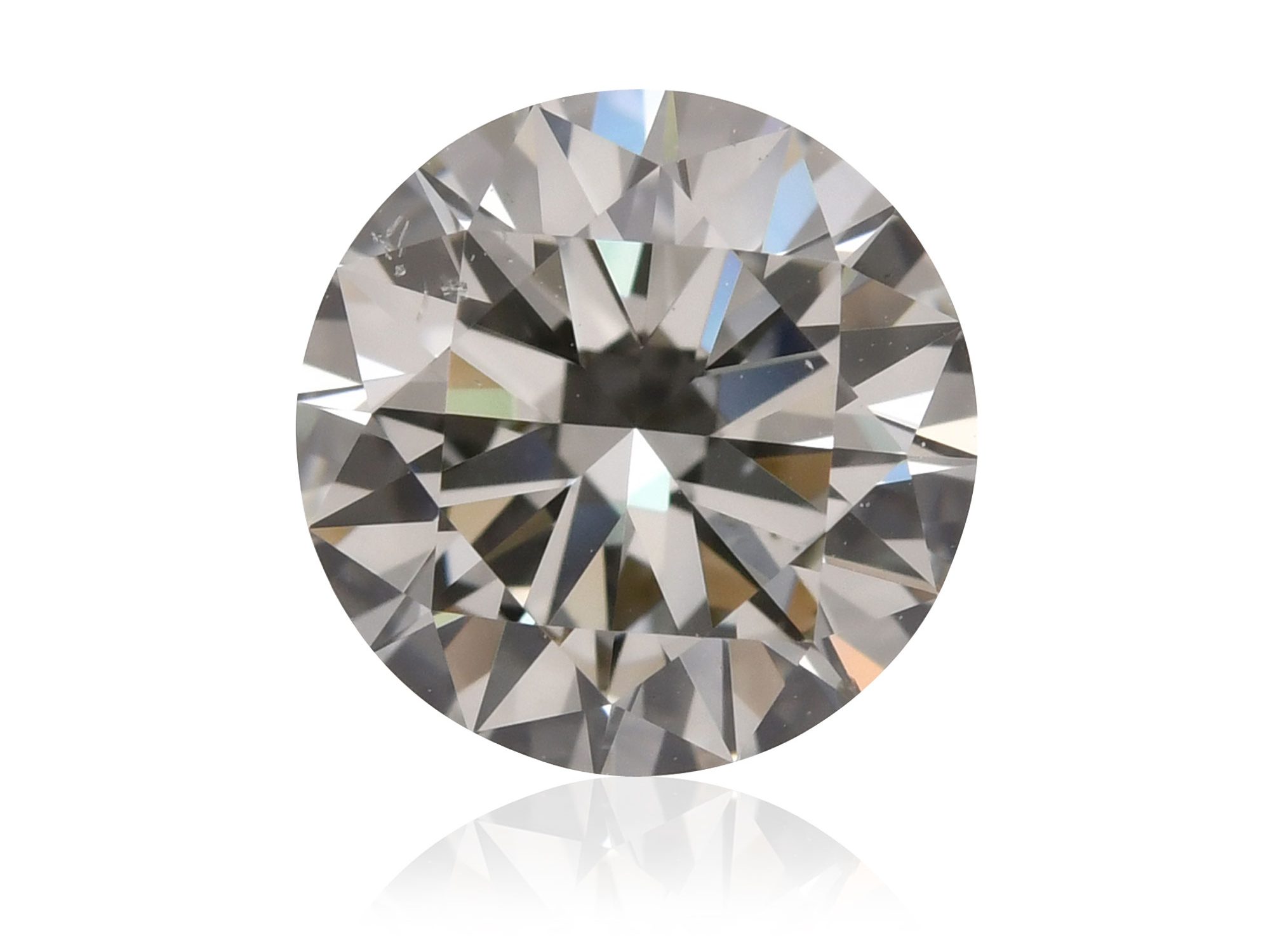
Gray by Boron
The third pathway to gray is boron. When diamonds form in an environment rich in boron and low in nitrogen, they can take on a beautiful gray or blue hue. These diamonds are classified as Type IIb, one of the rarest diamond types in the world. In fact, only about 10% of gray diamonds owe their color to boron.
Many of these boron-infused gray diamonds originate from the famous Cullinan Diamond Mine in South Africa—best known for producing diamonds in the British Crown Jewels. However, other historic sources include the legendary Golconda mines in India.
What’s even more fascinating is that boron gives these diamonds a rare functional property: electrical conductivity. Unlike most diamonds, which are insulators, Type IIb diamonds can conduct electricity. This unique characteristic—combined with their extreme hardness—has captured the attention of the electronics and quantum technology industries. So much so that scientists are now synthesizing boron-doped diamonds in labs for advanced technological applications.
Understanding the Color Scale of Gray Diamonds
There are three elements of color: hue, tone and saturation.
- Hue is the actual color such as red, yellow and blue.
- Tone is the lightness or darkness of the color ranging from bright white to pitch black.
- Saturation refers to the intensity of color where bright colors stand in contrast to muted ones. Imagine a bright green lime fruit in contrast to a washed-out khaki uniform.
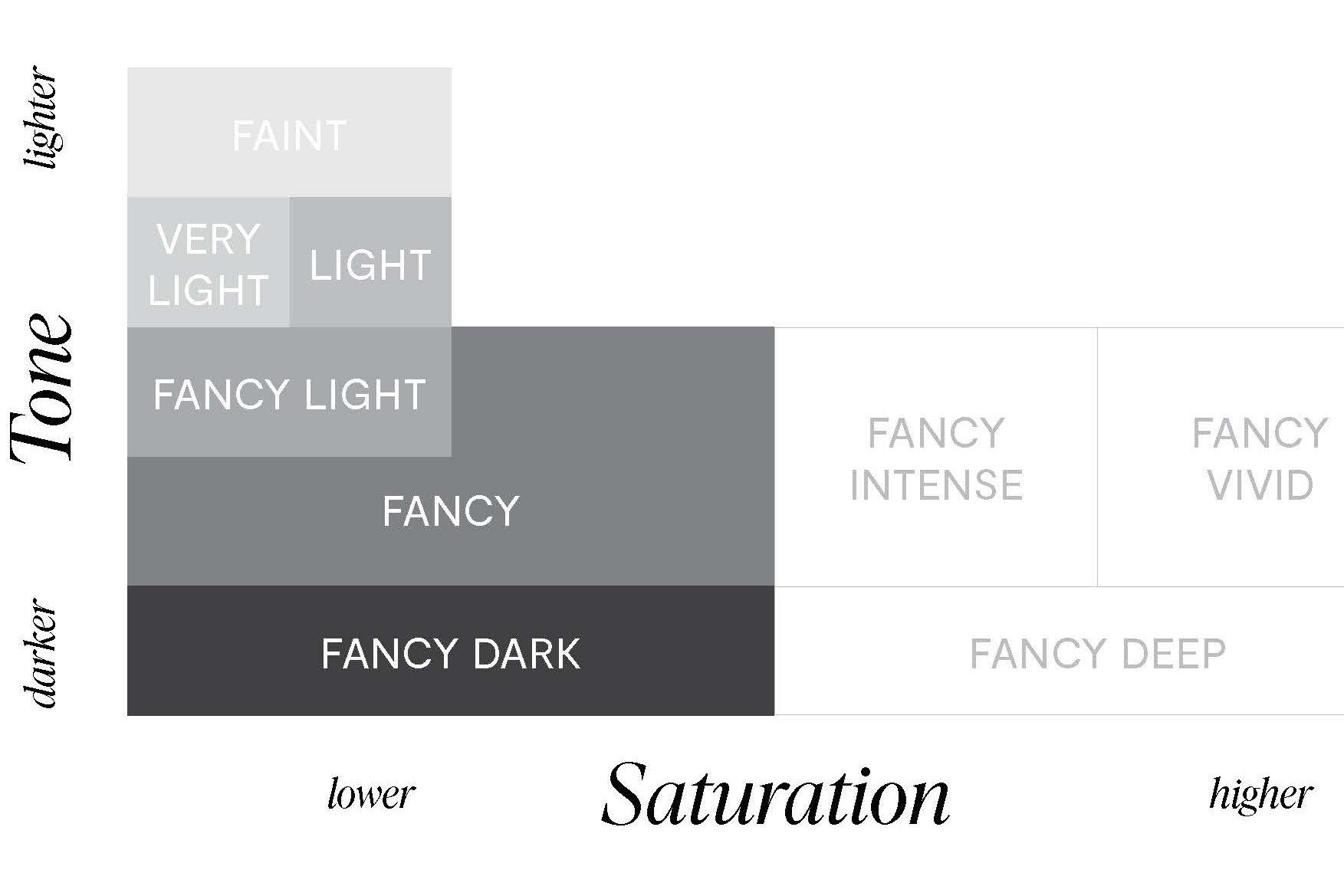
When gemological laboratories analyze pure gray diamonds, they face a unique challenge: there are fewer descriptive terms available compared to other colored diamonds, such as pink or yellow. That’s because gray lacks both hue and saturation. If you desaturate any color far enough, what remains is a neutral gray tone.
As a result, familiar color grading terms like vivid, intense, and deep—which depend on hue and saturation—don’t apply to gray diamonds. Instead, grading focuses on tone alone. The color of gray diamonds is typically described using terms like faint, very light, light, fancy light, fancy, and fancy dark.
In everyday language, you might hear these tones referred to as steel, charcoal, silver, slate, lead, or graphite. The more visually appealing the tone—and the larger the carat weight—the rarer the diamond. That’s why exceptional gray diamonds that appear at auction often command prices in the thousands, and sometimes even millions, of dollars.
Gray as a Secondary Tone in Colored Diamonds

When gray appears alongside other colors in a diamond, it acts as a desaturating agent, softening and muting the overall hue. Think of it like a layer of clouds over a blue sky—it dims the brightness, lending a more subdued, moody tone to the color.
This effect is especially relevant in color season analysis, a method used in personal styling to determine which colors best complement an individual’s natural skin tone, hair, and eye color. The system divides people into four main seasonal palettes—spring, summer, autumn, and winter—with further distinctions like “soft” or “muted.” The presence of gray in a diamond aligns with the muted summer and muted autumn palettes—softer, less saturated color tones that flatter those with delicate, neutral features.
For individuals in these color seasons, a diamond with a grayish tone can enhance their overall look more harmoniously than a high-saturation gem. One of the most famous examples is the Hope Diamond, known for its deep, moody beauty and officially classified as a fancy deep grayish-blue—a perfect expression of desaturated elegance.
Tips for Choosing a Gray Diamond
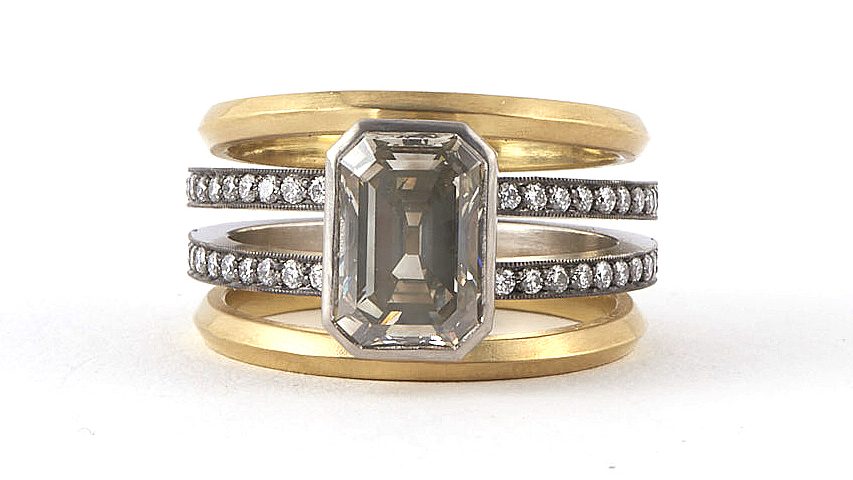
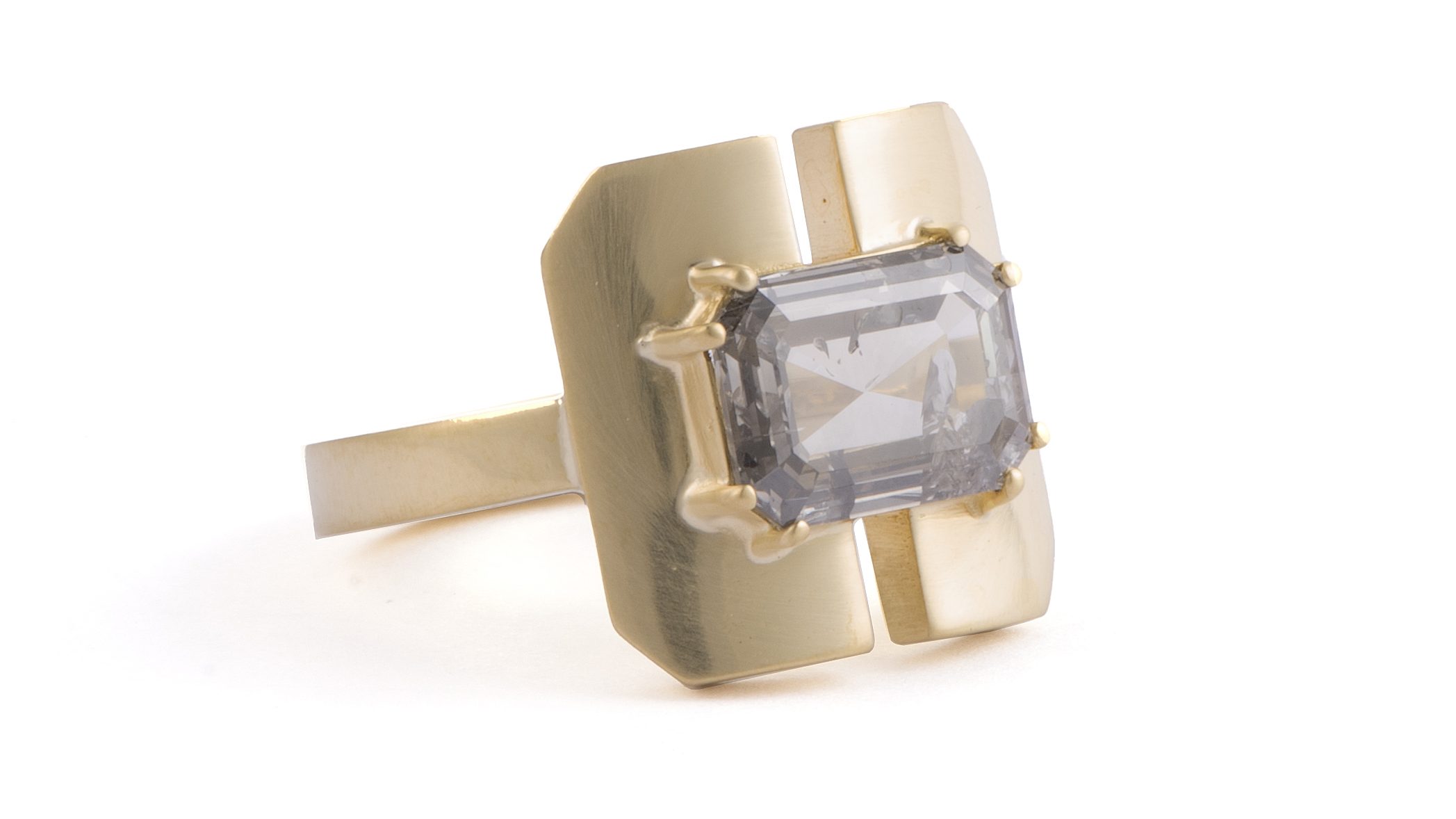
For lovers of pure gray diamonds, patience is key—you may need to search for a while to find your perfect jewel. This minimalist marvel is rare and often understated, but its quiet elegance is worth the wait. Here are a few expert tips to keep in mind:
Look for Even Color Distribution: The most desirable gray diamonds have a consistent tone throughout the entire stone, without patches or zoning. Uneven coloring can make the diamond appear less refined.
Understand the Source of Color: Gray diamonds can get their color from inclusions, hydrogen, or boron. If you’re after a cleaner, more brilliant gray, look for diamonds colored by boron—they tend to be less included and more transparent.
Work with a Reputable Dealer: Because gray diamonds are less common, it’s especially important to buy from a trusted jeweler or dealer who can provide grading reports and full transparency on the diamond’s origins and characteristics.
Don’t Overlook Salt and Pepper Diamonds: If you’re drawn to gray tones but want something more budget-friendly or expressive, consider salt and pepper diamonds. These stones have visible inclusions that create a speckled, celestial effect—more rustic, but still beautiful in their own right.
This epitome of simple elegance also reminds us of the importance of nuance. In the words of the 1947 winner of the Nobel Prize in Literature André Fide, “The color of truth is gray.” In a polarized world—between lightness and darkness—a neutral gray diamond reigns.
